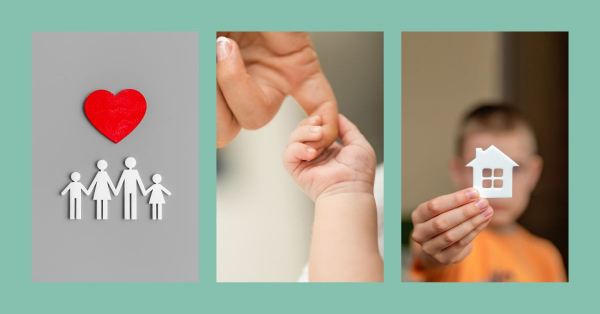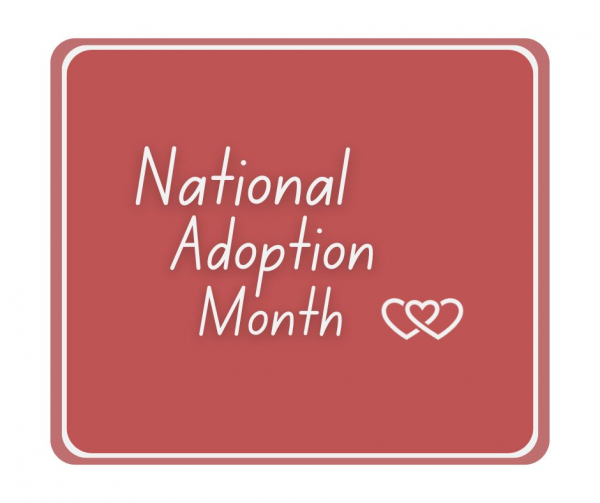Openness in Foster Adoption
Openness in adoption is an important issue. Years ago, open adoptions were rare, which left adoptive children grasping at straws when it came to finding biological family members, learning about medical histories, or understanding the reasons their birth families chose adoption for them.
Today, open adoptions are much more common. Many times this offers children a chance to come to terms with their adoption in a way that would not have been possible with a closed adoption, which is a wonderful thing for everyone involved.
Before our children moved in with us, my opinion was pretty well formed on openness in adoption. I thought the lines of communication should be open between the birth and adoptive families in order to provide children with whatever they needed to process their own story, which would include both pieces.
I still believe that, for the most part, but being on the foster care side of adoption, there are many issues I didn’t necessarily realize I would have to consider regarding openness, such as physical or psychological safety, trauma triggers, or even the possibility that the birth family may not seek openness because adoption was not their choice in the first place. But because these things are realities in our adoption story, my view of openness is a little more fluid than it used to be. I now see openness more as a scale that fluctuates, and I imagine that throughout the years we will be at various points on that scale.
At the lowest level of the scale, where we are currently, openness means always acknowledging the birth family’s place in our children’s lives. This looks a little different in our home than in infant or toddler adoptions because our older boys were removed from their birth home and placed in foster care at an age where they already had clearly formed memories of their birth family, especially their biological mother.
Openness in this way means that the boys are always free to share their memories–good or bad–ask questions, and just feel whatever it is they feel about their life in their birth home. We don’t always have the answers to their questions, and when we do, many times those answers are hard to give. But I cannot shield my children from their own story, nor can I inject my own opinions into it. Their story is just that: theirs. We will do everything we can to help them process their memories and the facts we have, but we will not spin it one way or another.
Each of our children needs something different in regards to openness in acknowledging their birth family. Our oldest needs some time and distance, emotionally and physically, and he speaks very little of them. Our middle child needs to understand that both his birth family and his adoptive family have a place in his story and that he can love them both for what they are with no guilt. He asks questions and tells a few stories every once in a while. And, for now, our toddler just needs to be present during these conversations to know that he has a birth family.
As time goes on, their needs will change regarding their birth family, which will take us to a different place on the scale of openness. Our place on that scale will always take into consideration the issues of safety and emotional well-being, but we know that our children’s birth family is an important part of who they are, and we want to do everything we can to empower them to own their story and be secure in their identity.






